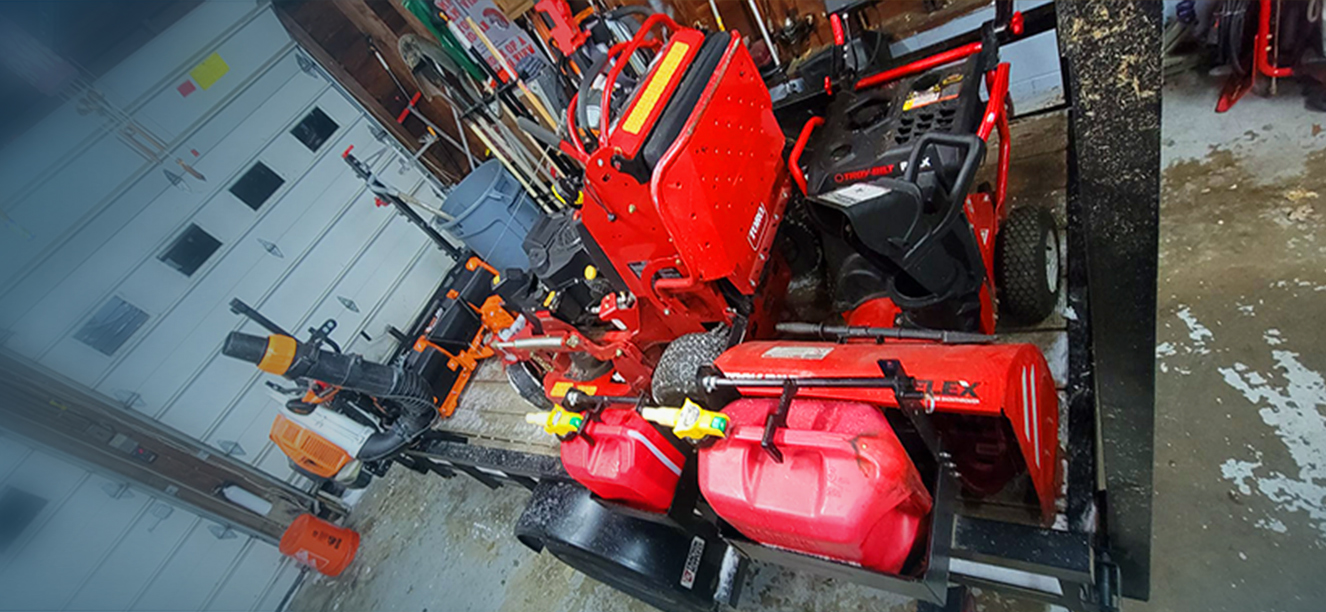The Comprehensive Guide to Mixing 2-Stroke Fuel for Landscaping Pros
Imagine what it would be like to master the art of the perfect fuel mix for your equipment. That's precisely what our landscaping experts have done. Let's explore their methods and insights.
Why Mix Your Own Fuel?
Here is how it works according to the majority:
 1. Cost-Effectiveness
1. Cost-Effectiveness
Mixing your own can be much more wallet-friendly compared to pre-mixed fuels. Buying small bottles to mix with a gallon of gas is a common and economical practice.
2. Custom Mixes:
Some professionals opt for specific ratios with preferred brands, reporting years of reliable service without any engine issues.
3. Quality Control:
Ensuring the right mix every time is crucial. Many use pre-measured bottles with marked containers to maintain consistency.
4. Equipment Longevity:
In-house mixing, even in bulk using large drums of oil, has been credited with extending equipment life and providing great cost efficiency.
 5. Seasonal Adjustments:
5. Seasonal Adjustments:
Adjusting the volume of your mix based on seasonal demands is a strategy used by some to optimize fuel usage throughout the year.
The Preferred Method:
Based on the shared results, here's the consensus:
1. Fuel Quality:
Premium gas is a popular choice, often mixed with high-quality two-cycle oils for optimum performance.
2. Oil Choice:
High-quality oils from reputable brands are favored for their performance and protective qualities.
3. Mix Ratios:
Ratios such as 50:1 are commonly used, although some adjust this based on specific oil brands or performance experiences.
4. Ethanol-Free Gas:
Many prefer ethanol-free gas for its engine-friendly properties and long-term storage stability.
To Make a Point About Ethanol:
Ethanol in fuel can cause corrosion and attract moisture, which is why non-ethanol gas is often the preferred choice, especially for infrequently used tools.
The Bottom Line:
Consistency and quality are the keystones of successful fuel mixing. Whether you’re working solo or managing a team, the process should be standardized for efficiency and reliability.
Approach |
Pros |
Cons |
|---|---|---|
Mixing Own Fuel |
Cost-effective, customizable mix ratios, personal quality control |
Time-consuming, potential for inconsistent mixes if not careful |
Using Pre-Mixed Fuel |
Convenience, consistency, often ethanol-free, longer shelf life |
Significantly more expensive, less flexibility in mix ratios |
Buying Oil in Bulk |
Cost savings, consistent supply, suitable for high-volume users |
Storage requirements, upfront cost, potential waste if not managed |
Seasonal Mix Adjustments |
Tailored to equipment use variations, can improve efficiency |
Requires close management, potential for mistakes during busy seasons |
Ethanol-Free Gas |
Better for engine health, less moisture absorption |
More expensive, not always readily available |
Premium Gas with Quality Oil |
Optimized engine performance, extended engine life |
Higher cost compared to regular gas, must be sourced reliably |
In Conclusion:
Mixing your own fuel is not just a cost-saving measure; it’s about taking charge of your equipment's health and performance. This guide is distilled from real-world practices, giving you a solid foundation for perfecting your own method. Experimentation and peer exchange, much like what takes place in professional discussions, are invaluable for keeping your operation running smoothly.




















